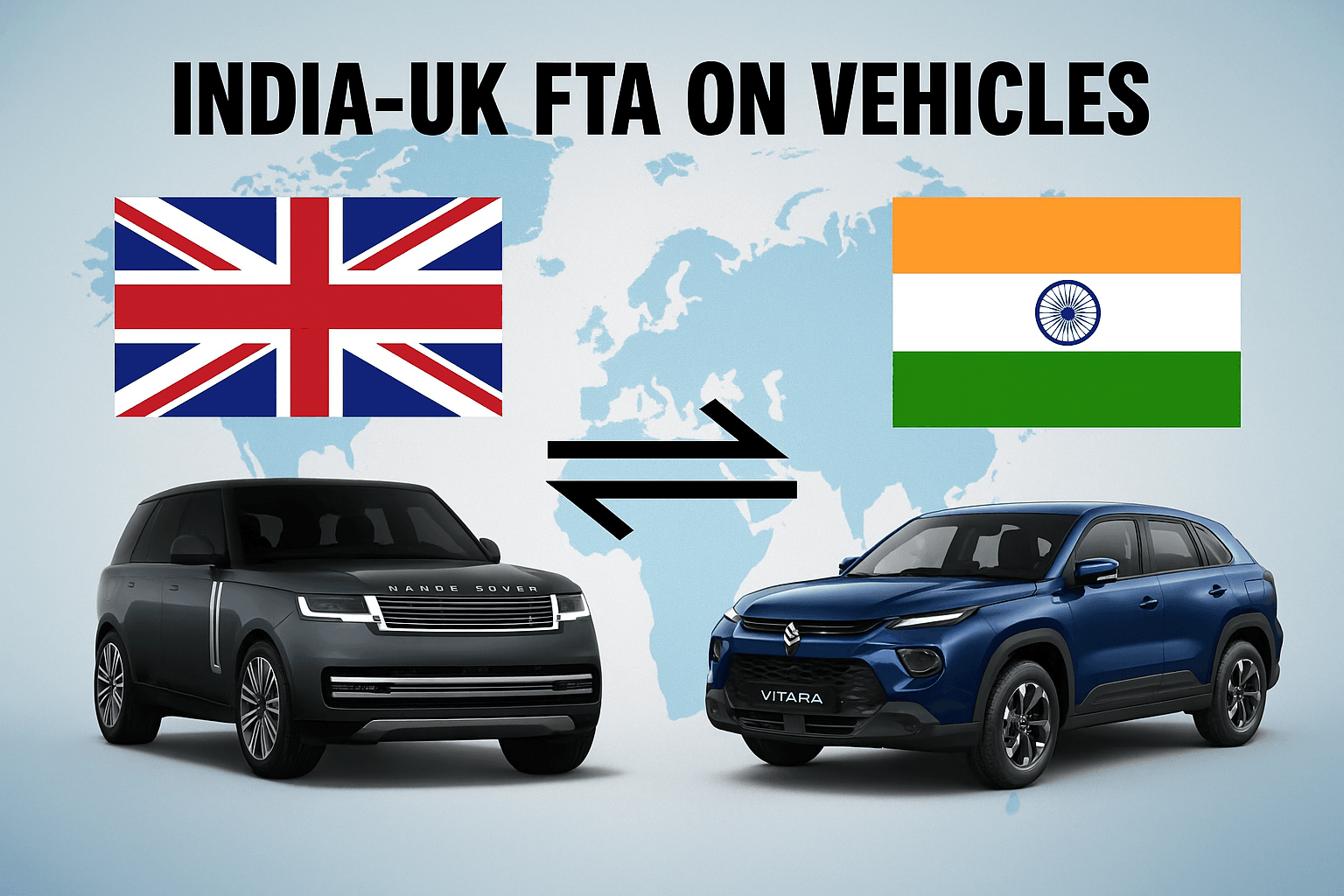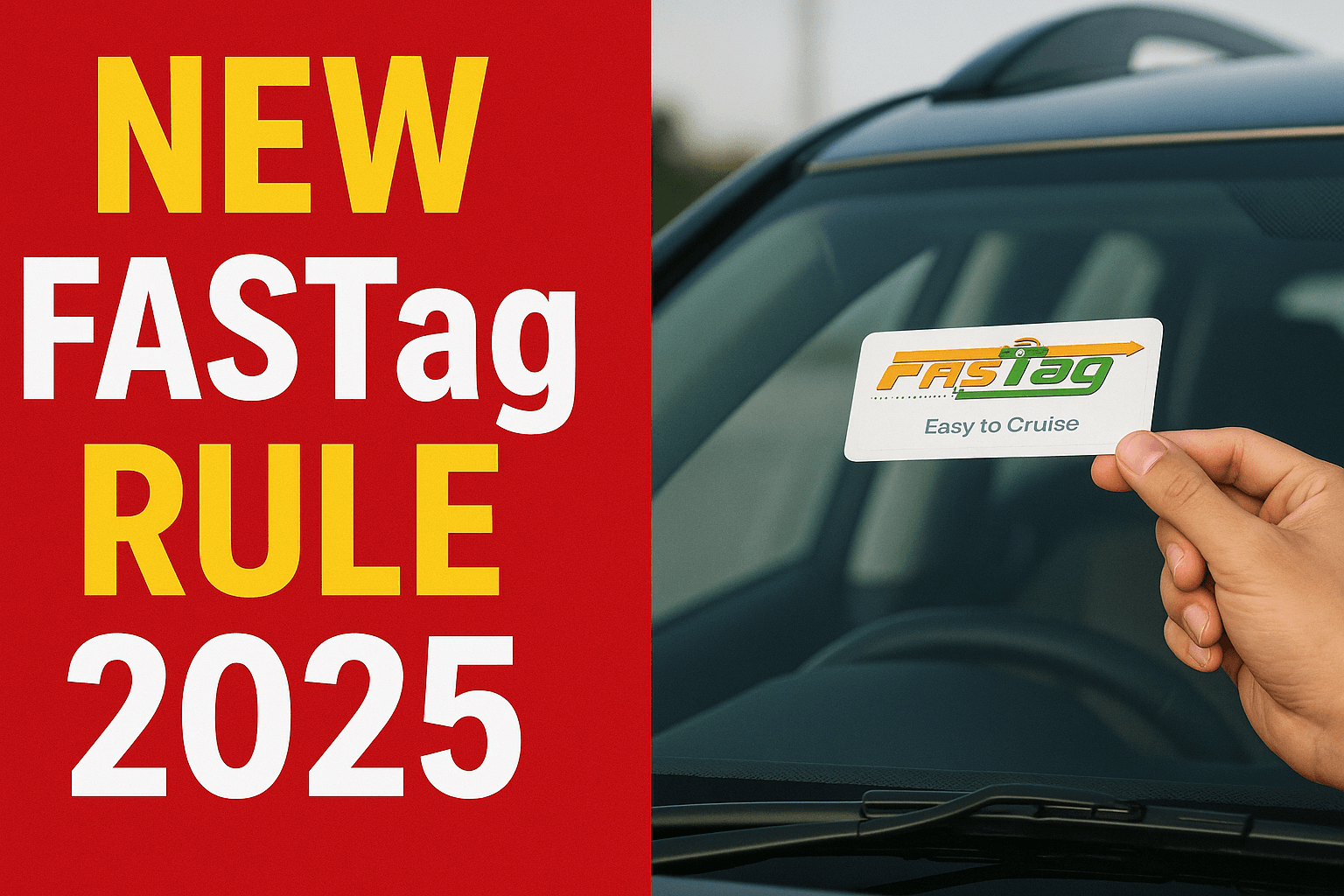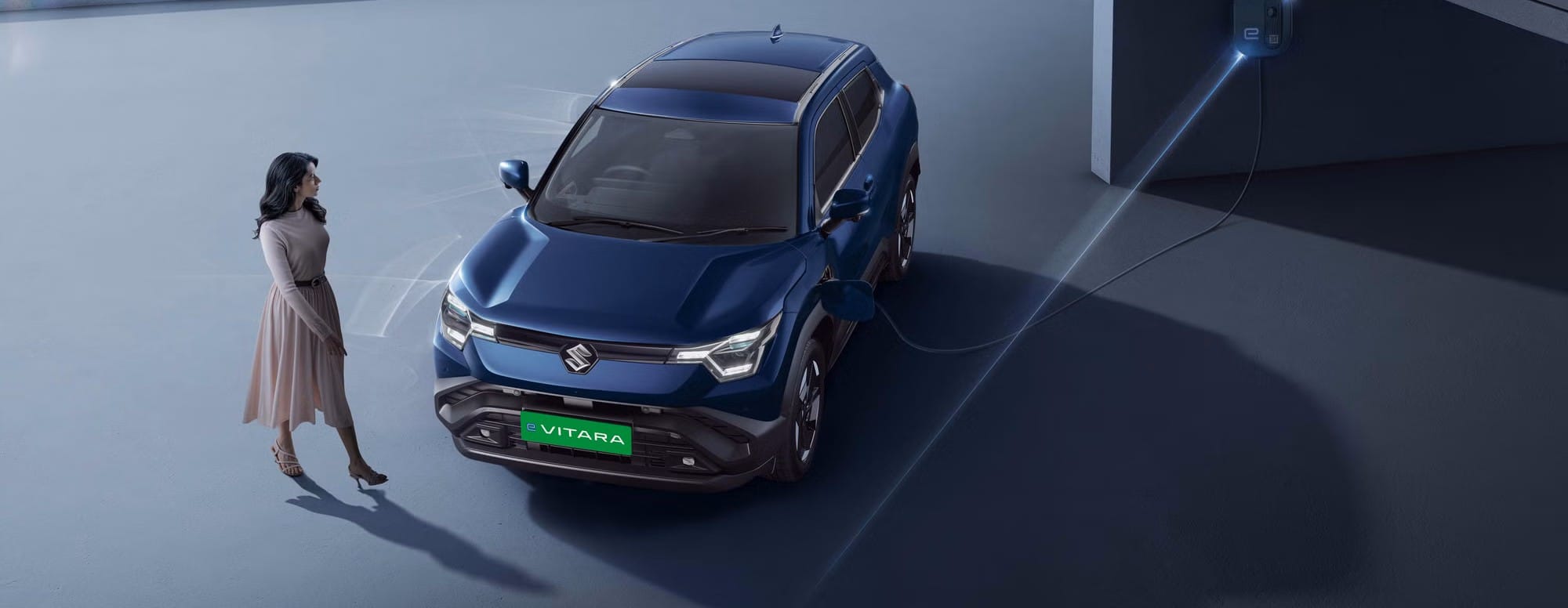India-UK FTA on Vehicles: Why the Road to Agreement Is Bumpier Than It Looks
The India-UK FTA on vehicles is one of the most closely watched aspects of the ongoing free trade negotiations between India and the United Kingdom. At first glance, the deal seems like a win-win—lower tariffs, more vehicle options, and stronger trade ties. But when you look deeper, the reality is far more complex.
In this blog, we’ll explore what the India-UK FTA on vehicles involves, what both sides are hoping to achieve, and why reaching an agreement is proving to be a major challenge.
What Is the India-UK FTA on Vehicles?
A Free Trade Agreement (FTA) is a pact between two countries to reduce or eliminate trade barriers such as import duties, quotas, and regulatory restrictions.
The India-UK FTA on vehicles focuses specifically on automobile trade, including the exchange of passenger vehicles, electric vehicles (EVs), auto parts, and technology. The UK wants India to reduce high import duties on British-made vehicles, while India seeks better access to the UK market for its automotive exports and components.
Why Are Vehicles a Sticking Point?
1. High Import Tariffs in India
India imposes some of the highest import duties on vehicles—up to 100 percent in some cases. These tariffs are designed to protect local manufacturers and encourage global automakers to produce in India. The UK, however, wants these duties lowered to make its exports more competitive.
2. Protecting the Domestic Industry
India’s automobile sector is a major contributor to the economy and employment. Companies like Maruti Suzuki, Tata Motors, and Mahindra support millions of jobs directly and indirectly. Reducing tariffs could increase competition and affect the market share of domestic players.
3. The EV Debate
The UK is keen to export more electric vehicles to India as part of its clean energy push. However, India is still developing its EV infrastructure and wants to encourage local EV production. Lower duties on imported EVs may slow domestic innovation and job creation.
4. Different Standards and Regulations
The UK and India follow different safety, fuel, and emission standards. Harmonizing these regulations is not easy and requires time, investment, and compromise on both sides.
What’s in It for the UK?
- Access to one of the fastest-growing auto markets in the world
- Boost in exports of premium and electric vehicles
- A key post-Brexit trade success story
What’s in It for India?
- Improved access to the UK market for auto parts and two-wheelers
- Opportunities for foreign investment in local manufacturing
- Technology partnerships in EVs and sustainable mobility
Why the India-UK FTA on Vehicles Is Still Unresolved
Despite many rounds of negotiations, the India-UK FTA on vehicles remains a sensitive issue. Both countries are navigating strong domestic pressures.
For India, protecting the local auto industry and the jobs it generates is critical. For the UK, achieving tariff concessions is vital to boosting car exports and strengthening global trade ties after Brexit.
Possible Compromises
Trade experts believe there may be some middle ground:
- Gradual reduction in tariffs over several years, rather than sudden cuts
- Import quotas for a limited number of vehicles at reduced duty rates
- Joint ventures that promote local manufacturing of UK-brand vehicles
- Incentives for local investment by British companies in India
Impact on Indian Consumers
If the FTA goes through with reduced tariffs, Indian consumers may benefit from:
- Lower prices on premium vehicles from the UK
- Increased availability of electric vehicles
- Access to advanced safety and comfort features in imported cars
However, any sudden policy change could also challenge local carmakers and affect Make in India efforts.
Conclusion
The India-UK FTA on vehicles represents both opportunity and risk. While a well-negotiated agreement could strengthen economic ties, create jobs, and offer better products to consumers, a poorly managed deal could harm domestic industries and delay India’s long-term mobility goals.
For now, the road ahead is still under construction—and both sides will need to steer carefully to avoid a collision.
For more such car reviews, subscribe to our YouTube channel: Car War
Instagram I’d: Car War
Read more car reviews: Car War








